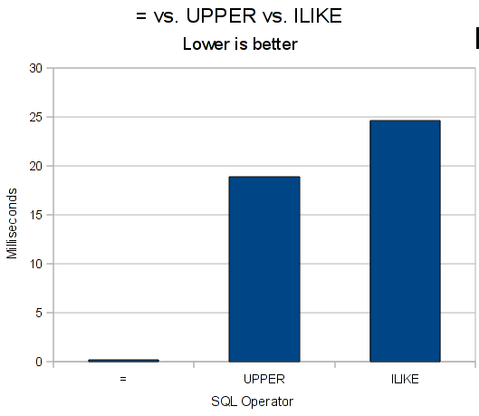 I've learned a couple of things this week on deploying my first site to use a user friendly OpenID.
I've learned a couple of things this week on deploying my first site to use a user friendly OpenID.
My first revelation was when I realized that Google and Yahoo! have solved the usability stumbling block that you can use them as providers without having to know a personally unique URL. For example, for Yahoo! it's just http://yahoo.com which means that you don't need to offer a cryptic URL form and you can just show it as a logo image.
The second thing is that Google's hybrid OpenID + OAuth isn't as complicated as it sounds. It's basically a light extension to the OpenID "protocol" whereby you say, "while you're at it, also give me a OAuth token please so that I can connect back into Google's services later". What's important to understand though is that if you use this you need to know the "scope". scope is a URL to a service. Google Docs is a service for example and you need to search the web to figure out what the scope URL is for that service.
The third revelation was when I understood the difference between Simple Registration Extension (SREG) and Attribute Exchange (AX). Basically, AX is a newer more modern alternative and SREG was the first one. AX is better but some OpenID providers don't yet support it. Google for example, only supports AX. Key to be able to support not just Google's OpenID but any OpenID is that you can request both AX and SREG and whichever one works will be returned.
The fourth thing that helped a lot to understand was the Google's OpenID has a bug in its implementation of Attribute Exchange. Actually, perhaps it's a deliberate design choice they've made but in my opinion a bad one. Unless you say you require email, firstname, lastname, country etc. it won't return it. If you use the if_available directive you won't get it. Another bug/bad design choice is that Google seems to not forward the country attribute. It can happily do first- and last name but not country even if the documentation claims so.
The fifth thing is that python-openid is a lot easier to work with than you think. You don't need to do any crazy network checks or callbacks. For initiating the challenge all you're effectively doing is creating a long URL. If you don't like the API methods python openid offers, just add your own with:
redirect_url += '&openid.ax.mode=fetch_request' # etc.After so many years since OpenID arrived, I'm only now excited about it. It's tonnes easier to implement than OAuth and now it's actually really pleasant to use as an end user.



